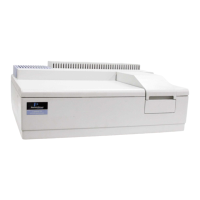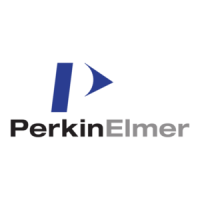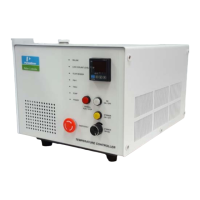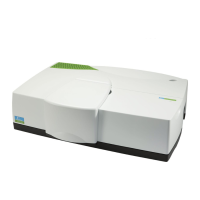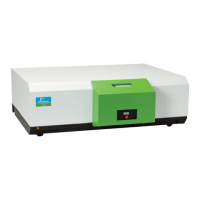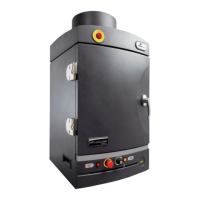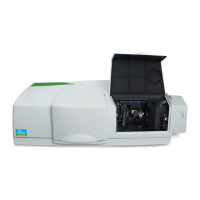
Do you have a question about the PerkinElmer Lambda Series and is the answer not in the manual?
| Category | UV Vis Spectrophotometer |
|---|---|
| Spectral Bandwidth | 0.5, 1, 2, 4 nm |
| Data Interval | 1, 2, 5 nm |
| Slit Width | 0.5, 1, 2, 4 nm (selectable) |
| Light Source | Deuterium and Tungsten Halogen lamps |
| Display | LCD |
| Interface | USB, RS-232 |
| Power Requirements | 100 - 240 VAC, 50/60 Hz |
| Wavelength Range | 190-1100 nm |
Describes the purpose and content of the Getting Started Guide.
Explains manual conventions, notes, cautions, and warnings.
Describes the chapter's focus on general safety practices and precautions.
Lists essential precautions for operating the Lambda spectrometer safely.
Specifies environmental conditions for optimal and safe instrument operation.
Details the safe operating environment including temperature, humidity, and altitude.
Covers chemicals, fumes, UV radiation, ozone, and compressed gases.
Covers safety requirements, standards, and hazards related to electrical systems.
Details wiring color codes and grounding requirements for safe electrical connection.
Addresses electromagnetic compatibility directives and FCC regulations.
Identifies and explains various electrical warning labels on the instrument.
Details fuse replacement and associated electrical hazards.
Introduces the Lambda spectrometers and their features.
Step-by-step guide for powering on and initializing the instrument.
Notes installation by service engineer and details site requirements.
Guides on safely unpacking the instrument and checking components.
Covers connecting the spectrometer to a PC and other system elements.
Details the procedure for connecting the instrument to the main power.
Guides on selecting software components and initiating installation.
Details the installation process and confirmation messages.
Presents the software license agreement for user acceptance.
Allows configuration of optional settings like tutorials during installation.
Instructions for installing instrument accessories via CD.
Prompts for system restart and advises reading release notes.
Guides selection of instrument type and communication port setup.
Involves validating the serial number and entering instrument details.
Covers setting instrument name, accessory options, and method shortcuts.
Allows selection of example methods and finalizes instrument setup.
Details various methods for UV/Vis wavelength calibration.
Covers NIR wavelength, Slits, and Zero Percent T calibration options.
Guides on executing calibration and closing the utility.
Provides environmental disposal instructions for electronic equipment.
Covers equipment decontamination and instrument cleaning procedures.
